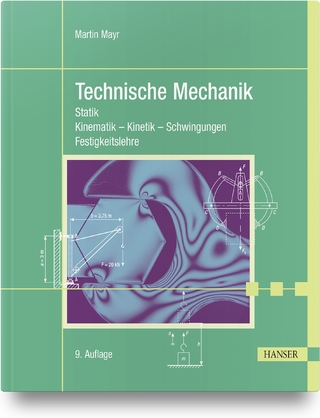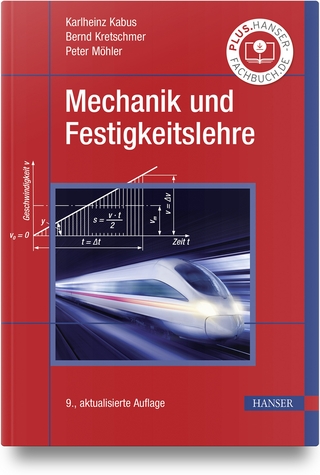
Perfect Form
Variational Principles, Methods, and Applications in Elementary Physics
Seiten
1997
Princeton University Press (Verlag)
978-0-691-02664-0 (ISBN)
Princeton University Press (Verlag)
978-0-691-02664-0 (ISBN)
- Titel ist leider vergriffen;
keine Neuauflage - Artikel merken
This text introduces the basic "variational" principles of classical physics (least time, least potential energy, least action and Hamilton's principle), develops the mathematical language most suited to their application, and presents applications from introductory physics.
What does the path taken by a ray of light share with the trajectory of thrown baseball and the curve of a wheat stalk bending in the breeze? Each is the subject of a different study, yet both are optical shapes - light rays minimize travel time while a thrown baseball minimizes action. All natural curves and shapes, and many artificial ones, manifest such "perfect form" because physical principles can be expressed as a statement requiring some important physical quantity to be mathematically maximum, minimum or stationary. This text introduces the basic "variational" principles of classical physics (least time, least potential energy, least action and Hamilton's principle), develops the mathematical language most suited to their application, and presents applications from introductory physics. The text gradually unfolds the physics and mathematics. It begins with the most plausible and restricted variational principles and develops more powerful ones through generalization.
One selection of text and problems even constitutes a non-calculus of variations introduction to variational methods, while the mathematics more generally employed extends only to solving simple ordinary differ
What does the path taken by a ray of light share with the trajectory of thrown baseball and the curve of a wheat stalk bending in the breeze? Each is the subject of a different study, yet both are optical shapes - light rays minimize travel time while a thrown baseball minimizes action. All natural curves and shapes, and many artificial ones, manifest such "perfect form" because physical principles can be expressed as a statement requiring some important physical quantity to be mathematically maximum, minimum or stationary. This text introduces the basic "variational" principles of classical physics (least time, least potential energy, least action and Hamilton's principle), develops the mathematical language most suited to their application, and presents applications from introductory physics. The text gradually unfolds the physics and mathematics. It begins with the most plausible and restricted variational principles and develops more powerful ones through generalization.
One selection of text and problems even constitutes a non-calculus of variations introduction to variational methods, while the mathematics more generally employed extends only to solving simple ordinary differ
Don S. Lemons is Associate Professor of Physics at Bethel College of North Newton, Kansas.
| Zusatzinfo | 39 line illus. |
|---|---|
| Verlagsort | New Jersey |
| Sprache | englisch |
| Maße | 197 x 254 mm |
| Gewicht | 397 g |
| Themenwelt | Naturwissenschaften ► Physik / Astronomie ► Mechanik |
| ISBN-10 | 0-691-02664-5 / 0691026645 |
| ISBN-13 | 978-0-691-02664-0 / 9780691026640 |
| Zustand | Neuware |
| Informationen gemäß Produktsicherheitsverordnung (GPSR) | |
| Haben Sie eine Frage zum Produkt? |
Mehr entdecken
aus dem Bereich
aus dem Bereich
Statik - Kinematik - Kinetik - Schwingungen - Festigkeitslehre
Buch | Hardcover (2021)
Hanser, Carl (Verlag)
29,99 €


